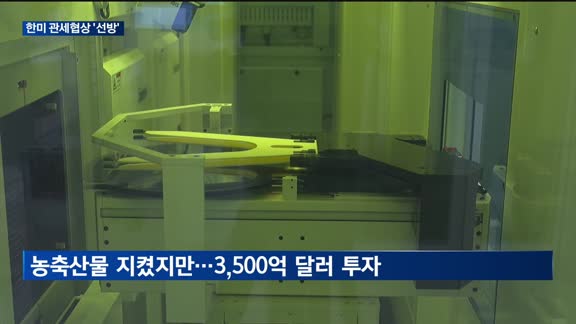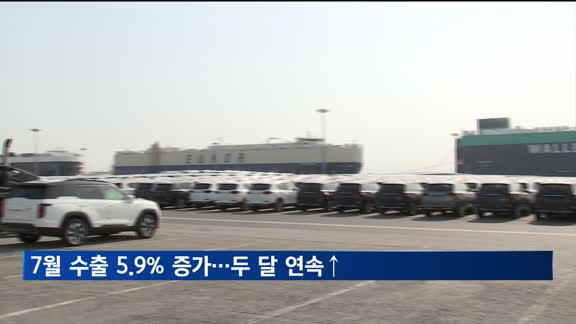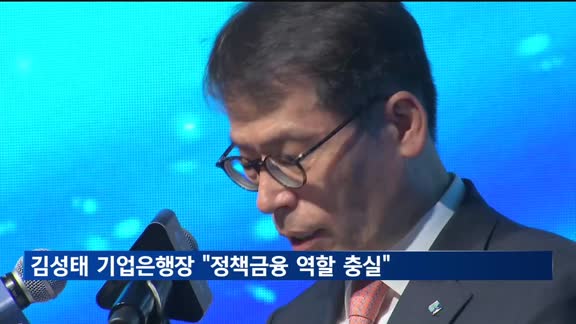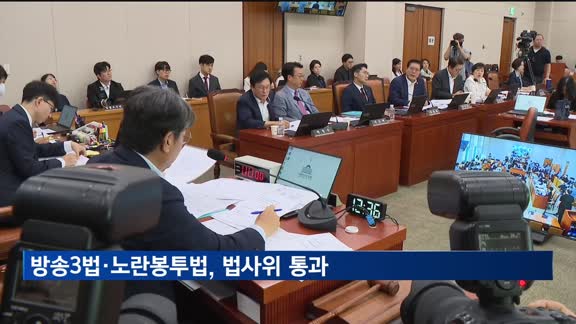South Korea’s major non-life insurers saw their profits decline in the first quarter due to compensations for wildfires and other natural disasters.
According to industry data on Wednesday, the combined net profit of the five leading non-life insurers, including Samsung Fire & Marine Insurance Co., DB Insurance Co., and Hyundai Marine & Fire Insurance Co., fell 21.7 percent to 1.86 trillion won ($1.3 billion) from 2.38 trillion won a year earlier.
Hanwha General Insurance Co. was the only company to post an increase.
Samsung Fire & Marine Insurance reported net profit of 608.1 billion won, down 13.2 percent from a year earlier. Insurance profit fell 6 percent to 419.4 billion won due to lower experience profit from large disasters.
Hyundai Marine & Fire Insurance posted a net profit of 203.2 billion won, down 57.4 percent. Increased claims from seasonal respiratory illnesses, including influenza, led to a 74.2 percent decline in long-term insurance profit. Even after excluding last year’s one-off gains, profit was down about 32 percent.
DB Insurance reported a 23.4 percent decline in net profit to 447 billion won, reflecting higher long-term risk loss ratios and increased one-time expenses. In general insurance, large overseas claims such as the Los Angeles wildfires pushed the company’s loss ratio up by 10.1 percentage points and led to 37 billion won in insurance losses.
Meritz Fire & Marine Insurance Co. posted a 5.79 percent decline in net profit to 462.5 billion won from 490.9 billion won. Base effects from a previous medical strike reduced experience profits and changes in actuarial assumptions lowered insurance profit. Some losses were partially offset by reversal of onerous contract losses and stronger investment performance. Investment profit rose 29.3 percent year on year to 262.1 billion won in the first quarter.
However, profitability in auto insurance deteriorated due to higher claims from heavy snow and cold waves.
Hanwha General Insurance reported a 14.25 percent rise in net profit to a record 142.7 billion won. Strong sales of long-term protection products, particularly those targeting women and seniors, combined with improved investment income, drove the gains.
Meanwhile, Meritz Financial Group Vice Chairman Kim Yong-beom raised concerns about structural issues in the insurance sector’s accounting practices.
Speaking on an earnings call the same day, Kim warned that some insurers may be inflating current performance by underestimating future claim obligations, underscoring the need for regulatory oversight.
“The industry’s accounting consistency remains at only around 70 percent based on long-term loss ratio assumptions following enhanced disclosures,” Kim said.
He added that without clear guidelines on long-term loss ratio assumptions, companies could manipulate them to artificially boost earnings.
The loss ratio measures the proportion of premiums paid out in claims, while the expected loss ratio forecasts future claims relative to expected premium income. Lower expected loss ratios reduce required reserves and can potentially improve current earnings.
The concern stems from the International Financial Reporting Standard (IFRS) 17 adopted in 2023.
Under the new global standard, insurers must first recognize expected future claims as liabilities and then gradually recognize them as profit over time.
Since loss ratio assumptions are set by individual companies, critics argue that management discretion may lead to inflated results.
Analysts warn that actual loss ratios are likely to rise, and that even large insurers setting overly low future loss ratios may be failing in their responsibility to provide accurate information to customers and investors.
According to industry data on Wednesday, the combined net profit of the five leading non-life insurers, including Samsung Fire & Marine Insurance Co., DB Insurance Co., and Hyundai Marine & Fire Insurance Co., fell 21.7 percent to 1.86 trillion won ($1.3 billion) from 2.38 trillion won a year earlier.
Hanwha General Insurance Co. was the only company to post an increase.
Samsung Fire & Marine Insurance reported net profit of 608.1 billion won, down 13.2 percent from a year earlier. Insurance profit fell 6 percent to 419.4 billion won due to lower experience profit from large disasters.
Hyundai Marine & Fire Insurance posted a net profit of 203.2 billion won, down 57.4 percent. Increased claims from seasonal respiratory illnesses, including influenza, led to a 74.2 percent decline in long-term insurance profit. Even after excluding last year’s one-off gains, profit was down about 32 percent.
DB Insurance reported a 23.4 percent decline in net profit to 447 billion won, reflecting higher long-term risk loss ratios and increased one-time expenses. In general insurance, large overseas claims such as the Los Angeles wildfires pushed the company’s loss ratio up by 10.1 percentage points and led to 37 billion won in insurance losses.
Meritz Fire & Marine Insurance Co. posted a 5.79 percent decline in net profit to 462.5 billion won from 490.9 billion won. Base effects from a previous medical strike reduced experience profits and changes in actuarial assumptions lowered insurance profit. Some losses were partially offset by reversal of onerous contract losses and stronger investment performance. Investment profit rose 29.3 percent year on year to 262.1 billion won in the first quarter.
However, profitability in auto insurance deteriorated due to higher claims from heavy snow and cold waves.
Hanwha General Insurance reported a 14.25 percent rise in net profit to a record 142.7 billion won. Strong sales of long-term protection products, particularly those targeting women and seniors, combined with improved investment income, drove the gains.
Meanwhile, Meritz Financial Group Vice Chairman Kim Yong-beom raised concerns about structural issues in the insurance sector’s accounting practices.
Speaking on an earnings call the same day, Kim warned that some insurers may be inflating current performance by underestimating future claim obligations, underscoring the need for regulatory oversight.
“The industry’s accounting consistency remains at only around 70 percent based on long-term loss ratio assumptions following enhanced disclosures,” Kim said.
He added that without clear guidelines on long-term loss ratio assumptions, companies could manipulate them to artificially boost earnings.
The loss ratio measures the proportion of premiums paid out in claims, while the expected loss ratio forecasts future claims relative to expected premium income. Lower expected loss ratios reduce required reserves and can potentially improve current earnings.
The concern stems from the International Financial Reporting Standard (IFRS) 17 adopted in 2023.
Under the new global standard, insurers must first recognize expected future claims as liabilities and then gradually recognize them as profit over time.
Since loss ratio assumptions are set by individual companies, critics argue that management discretion may lead to inflated results.
Analysts warn that actual loss ratios are likely to rise, and that even large insurers setting overly low future loss ratios may be failing in their responsibility to provide accurate information to customers and investors.
화제의 뉴스
오늘의 이슈픽
인기 영상
가장 많이 본 뉴스
- 1[내일날씨] 전국에 많은 비…낮 최고 29~34도
- 2현대차, 미국 판매량 7만9천대 '15%' 증가…기...
- 3대주주 기준 놓고 공방…진성준 "주식시장 안무너진다...
- 4미국 7월 고용 7만3천명 증가…5~6월 고용 대폭...
- 5트럼프, 고용쇼크에 "바이든 정무직이 통계조작"…담...
- 6미 '고용충격'에 월가, 금리인하 기대 커져…9월 ...
- 7손흥민, 토트넘과 결별 발표…"올해 여름 끝으로 떠...
- 8케데헌 OST '골든' 영국 싱글차트 1위
- 9외국인 코스피 순매수액 1년 5개월 만에 '최대'
- 103~4일 수도권 최대 150㎜이상 많은 비
투데이 포커스
화제의 뉴스
포토뉴스


![[네트워크 365]광명시, '안양천 지방정원 시민참여정원 1기' 모집](https://imgmm.mbn.co.kr/vod/news/103/2025/07/31/20250731163453_10_103_0_MM1005626577_4_16.jpg)
![[네트워크 365]부산시·해수부 노조,"해양수도 조성" 한 목소리](https://imgmm.mbn.co.kr/vod/news/103/2025/07/31/20250731163422_10_103_0_MM1005626578_4_16.jpg)










